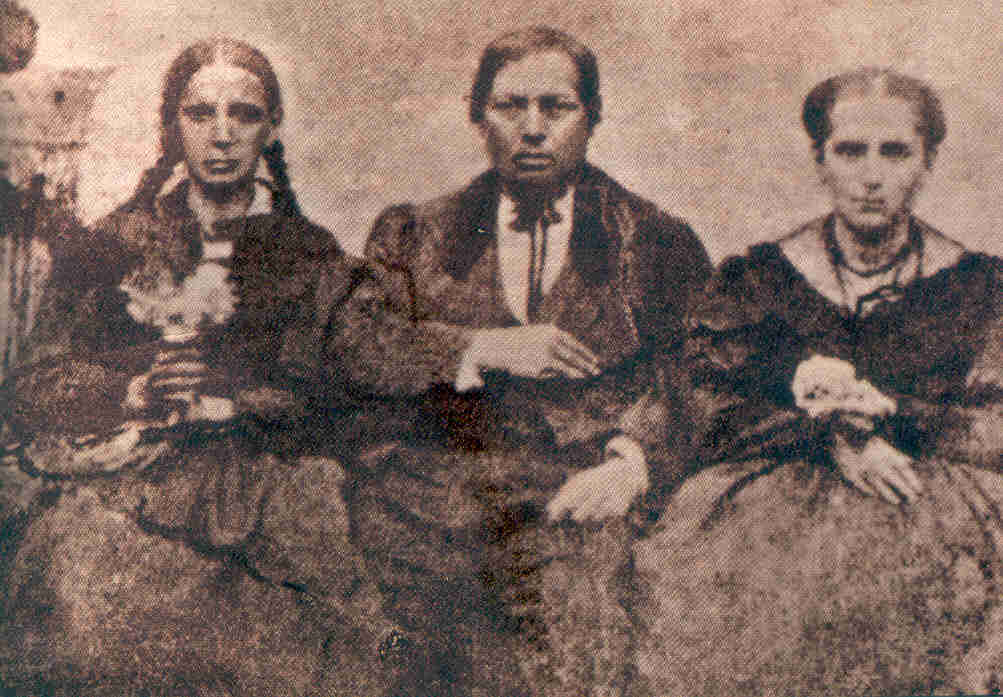|
Panteón De San Fernando
The San Fernando Pantheon (also known as Museo Panteón de San Fernando) is one of the oldest cemeteries in Mexico City that is preserved to this day. It is one of the most representative examples of 19th century funerary architecture and art in Mexico, and it functioned between 1832 and 1872. It is the final destination of the remains of several of the outstanding figures of 19th century Mexican history, and the most prominent are the remains of Presidents Benito Juárez , Miguel Miramón (later interred in the Puebla Cathedral The Basilica Cathedral of Puebla, as the Cathedral of Our Lady of the Immaculate Conception is known according to its Marian invocation, is the episcopal see of the Archdiocese of Puebla de los Ángeles (Mexico). It is one of the most importan ...) and General Ignacio Zaragoza, among many others. History During the viceregal era in Mexico, people had the custom of being buried inside the temples, as this was believed to be the best way to be r ... [...More Info...] [...Related Items...] OR: [Wikipedia] [Google] [Baidu] |
Benito Juárez
Benito Pablo Juárez García (; 21 March 1806 – 18 July 1872) was a Liberalism in Mexico, Mexican liberal politician and lawyer who served as the 26th president of Mexico from 1858 until his death in office in 1872. As a Zapotec peoples, Zapotec, he was the first Indigenous peoples of Mexico, indigenous president of Mexico and the first indigenous head of state in the postcolonial Americas. Born in Oaxaca to a poor rural family and orphaned as a child, Juárez was looked after by his uncle and eventually moved to Oaxaca City at the age of 12, working as a domestic servant. Aided by a lay Franciscan, he enrolled in a seminary and studied law at the Benito Juárez Autonomous University of Oaxaca, Institute of Sciences and Arts, where he became active in liberal politics. After his appointment as a judge, he married Margarita Maza, a woman of European ancestry from a socially distinguished family in Oaxaca City, and rose to national prominence after the ouster of Antonio López d ... [...More Info...] [...Related Items...] OR: [Wikipedia] [Google] [Baidu] |
Miguel Miramón
Miguel Gregorio de la Luz Atenógenes Miramón y Tarelo, known as Miguel Miramón, (29 September 1831 – 19 June 1867) was a Mexican conservative general who became president of Mexico at the age of twenty seven during the Reform War, serving between February 1859 and December 1860. He was the first Mexican president to be born after the Mexican War of Independence. A cadet in military school at the beginning of the Mexican–American War, Miramón saw action at the Battle of Molino del Rey and the Battle of Chapultepec during the American invasion of Mexico City. After the triumph of the liberal Plan of Ayutla in 1855, Miramón participated in a series of conservative counter coups until his efforts merged with the wider Reform War led by conservative president Félix María Zuloaga. The first year of the war was marked by a series of conservative victories achieved by Miramón, leading the press to dub him "Young Maccabee". After a moderate faction of conservatives overthrew ... [...More Info...] [...Related Items...] OR: [Wikipedia] [Google] [Baidu] |
Puebla Cathedral
The Basilica Cathedral of Puebla, as the Cathedral of Our Lady of the Immaculate Conception is known according to its Marian invocation, is the episcopal see of the Archdiocese of Puebla de los Ángeles (Mexico). It is one of the most important buildings in the historic center of Puebla declared a World Heritage Site by UNESCO. It has the prerogative of being the first sumptuous temple that under good designs was made in the Americas, consecrated in 1649, ahead of the Metropolitan of Mexico that was dedicated in 1653. It was founded by Philip II of Spain. The current Herrerian-style cathedral was built between the 16th and 17th centuries, and replaced the previous one that existed in what is now the atrium. Seventy-four years passed from the beginning of its construction in 1575 to its consecration, during the reigns of three successive kings of Spain, Philip II, Philip III and Philip IV. The setbacks that occurred throughout those years led to numerous modifications of th ... [...More Info...] [...Related Items...] OR: [Wikipedia] [Google] [Baidu] |
Ignacio Zaragoza
Ignacio Zaragoza Seguín (; March 24, 1829September 8, 1862) was a Mexican general and politician. He led the Mexican army of 600 men that defeated 6,500 invading French forces, including the elite French legionnaires at the Battle of Puebla on May 5, 1862 (mostly celebrated in the United States as ''Cinco de Mayo''). Early life Ignacio Zaragoza was born in the Mexican province of Texas, in the village of Bahía del Espíritu Santo, in the state of Coahuila y Tejas (now Goliad, Texas, in the United States) on March 24th in 1829. From birth, Zaragoza seemed destined to be a man who worked for the government, as his father, Miguel Zaragoza, met his mother, Maria, while on duty and stationed at Bexar in 1825. At the time the area was the Mexican state of Coahuila y Texas. Zaragoza was the son of Miguel G. Zaragoza and María de Jesús Seguín, who was a niece of Erasmo Seguín and cousin of Juan Seguín. This was not a particularly wealthy upbringing for Zaragoza, until the ... [...More Info...] [...Related Items...] OR: [Wikipedia] [Google] [Baidu] |

